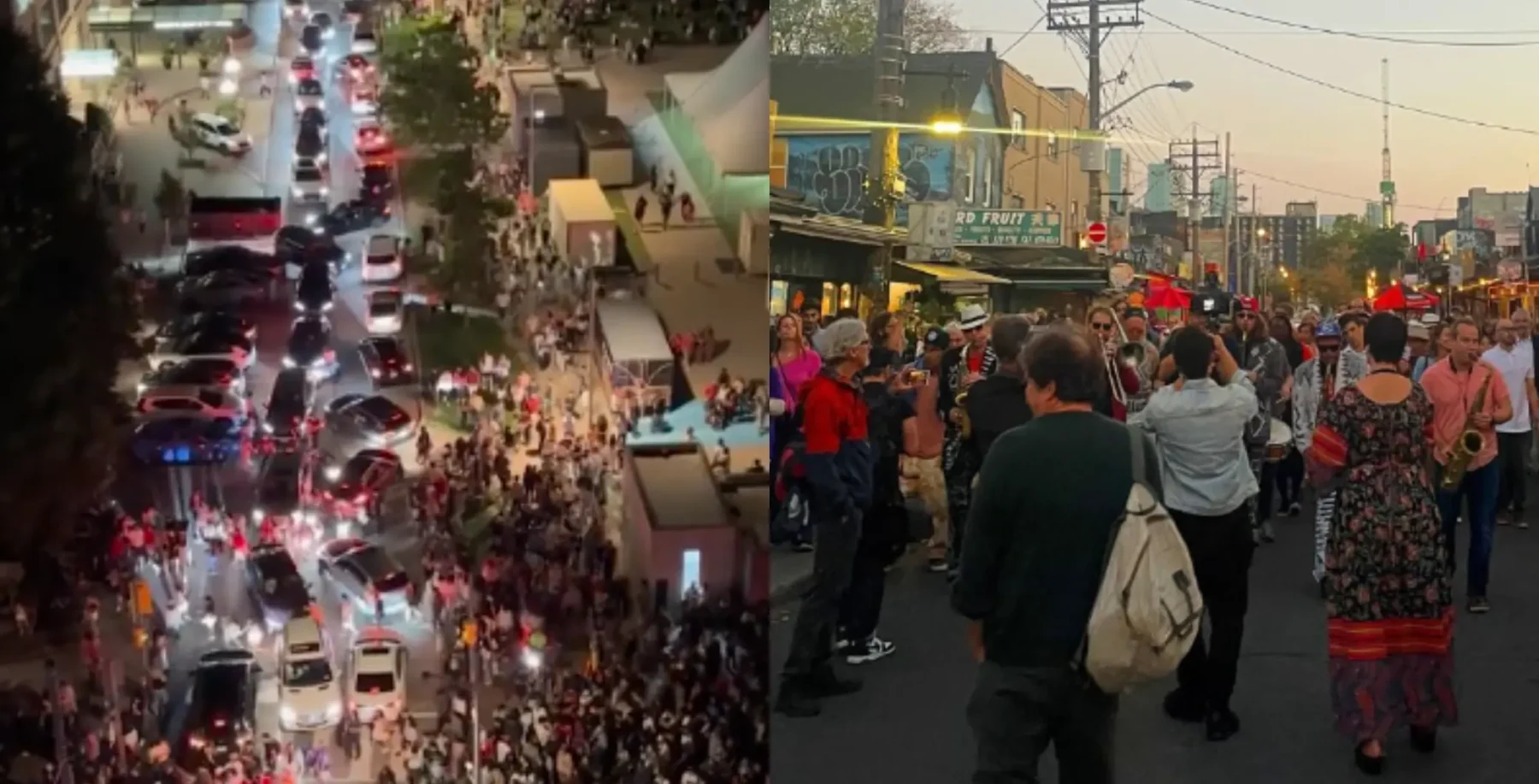
Rating: NNNNN
The TTC’s trying to be more acces sible, retrofitting one or two subway stations each year at a cost of up to $5 million each in the hope of having a completely accessible system by 2020.
But to the thousands of disabled people who depend on public transit – and constantly find themselves taking long detours just to find a station with an elevator – the commission is moving nowhere near fast enough.
The commission acquired 800 new buses this year, and its accessibility plan calls for every route in Toronto to be wheelchair-accessible by 2010.
Toronto’s streetcars, though, remain completely unable to accommodate those in wheelchairs, while two-thirds of the system’s subway stations and half the bus routes are simply out of reach to people in mobility devices.
So why should disabled people using public transit have to pay the same fares as able-bodied passengers?
Erin Farley, a fourth-year York U anthropology student, believes it’s discriminatory to ask the disabled to pay as much as able-bodied riders of the system.
A friend and caregiver of wheelchair-bound Josh Ruiter, Farley recently submitted a petition signed by close to 450 people to the TTC asking for fares to be suspended for those in wheelchairs and their companions until the system is fully accessible.
Farley reasons that “they’re paying the full price but not getting full service simply because they’re in a wheelchair. That’s discrimination.”
She notes that the TTC does sometimes make financial adjustments for those on low incomes, like students.
Her petition, though, has received a cool response from TTC officialdom, including the chair of the commission, Howard Moscoe, who argues that the system is one of the most accessible in North America.
When you factor in the cost of Wheel-Trans, the specialized service for the disabled, Moscoe says that “to transport the disabled costs us significantly more than it costs us to transport other passengers.”
While it saves the system considerable expense when the disabled opt to take an accessible bus over Wheel-Trans (the cost per person to the TTC for a round trip on Wheel-Trans is $50 compared to $2.84 on conventional transit), Moscoe doesn’t see why people with disabilities should be offered any kind of fare break to do so.
Louise Crawford, a TTC customer service supervisor, raises the issue of budget constraints.
“The TTC is operating under very tight funding guidelines, [and] new concession fares could only be considered if we were to raise the fares of adult riders, or if a special subsidy were provided to offset the inherent revenue loss,” she says.
Getting around town in a wheelchair can be a challenge at the best of times.
When Farley and Ruiter want to go downtown using the Yonge subway line, their only options are to get off at Bloor, Dundas or Queen, the only stations on the line with elevators.
Farley says she and Ruiter like to be spontaneous but find that difficult using Wheel-Trans, which requires riders to book 24 hours ahead of time.
They recently wanted to go to the Beach but could only get as far as the Queen Street subway station because Ruiter can’t get on a streetcar.
I can appreciate their frustration. To go from my apartment at Bathurst and Lawrence to Union Station I must travel by bus to the Bathurst station on the Bloor line to reach an accessible subway, because Lawrence West doesn’t have an elevator.
Farley says getting on accessible buses with Ruiter can also present its fair share of obstacles. She recalls trying to get home from an outing a couple of winters back when the lift didn’t work on the vehicle they were trying to board. The next bus that came along was not accessible.
news@nowtoronto.com












